-
×
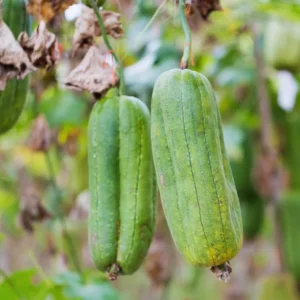 10 Luffa Gourd Seeds, Luffa Gourd Vegetable Seeds For Planting Outdoor Indoor, Gourd Seeds
$8.49
10 Luffa Gourd Seeds, Luffa Gourd Vegetable Seeds For Planting Outdoor Indoor, Gourd Seeds
$8.49 -
×
 10 Lily of the Valley Bulbs - Fragrant White Flowers - Live Roots for Shaded Areas
$23.99
10 Lily of the Valley Bulbs - Fragrant White Flowers - Live Roots for Shaded Areas
$23.99 -
×
 Mother of Thousands Plant Live, Kalanchoe Pinnata Succulent 4-8 Inch Tall, in 4 Inch Pot
$19.99
Mother of Thousands Plant Live, Kalanchoe Pinnata Succulent 4-8 Inch Tall, in 4 Inch Pot
$19.99 -
×
 Annona Squamosa Sugar Apple Tree Live Plant - 1 To 2 Feet Tall - Sweet Sugar Apple Tree - In Pot
$97.99
Annona Squamosa Sugar Apple Tree Live Plant - 1 To 2 Feet Tall - Sweet Sugar Apple Tree - In Pot
$97.99 -
×
 African Blue Basil Plant 4-6 Inch Herb Garden Starter
$26.99
African Blue Basil Plant 4-6 Inch Herb Garden Starter
$26.99 -
×
 Set 2 Wonderful Pomegranate Tree Live Plant - 6 to 9 Inches Tall, Pomegranate Fruit Tree Plant for Home Garden
$35.98
Set 2 Wonderful Pomegranate Tree Live Plant - 6 to 9 Inches Tall, Pomegranate Fruit Tree Plant for Home Garden
$35.98 -
×
 Lemongrass Plant in Gallon Pot - Culinary Herb - Live Plant
$36.99
Lemongrass Plant in Gallon Pot - Culinary Herb - Live Plant
$36.99 -
×
 Calamansi Tree 1 To 2 Feet Tall, Calamondin Tree Live Plant, Calamondin Fruit Tree, Calamansi Tree In Gallon Pot For Planting
$119.99
Calamansi Tree 1 To 2 Feet Tall, Calamondin Tree Live Plant, Calamondin Fruit Tree, Calamansi Tree In Gallon Pot For Planting
$119.99 -
×
 Wonderful Pomegranate Tree Live Plant - 10 to 12 Inches Tall, Pomegranate Fruit Tree or Bush, Perfect for Indoor or Outdoor Growing
$29.99
Wonderful Pomegranate Tree Live Plant - 10 to 12 Inches Tall, Pomegranate Fruit Tree or Bush, Perfect for Indoor or Outdoor Growing
$29.99 -
×
 Neem Tree Plant Live, 4-9 Inch Tall, Hardy Neem Seedling for Outdoor Growing, Neem Plant Live
$39.99
Neem Tree Plant Live, 4-9 Inch Tall, Hardy Neem Seedling for Outdoor Growing, Neem Plant Live
$39.99 -
×
 Peach Tree Live Plant, Sweet Peach Tree, 3-4 Feet Tall in 3 Gallon Pot for Full Sun
$179.99
Peach Tree Live Plant, Sweet Peach Tree, 3-4 Feet Tall in 3 Gallon Pot for Full Sun
$179.99 -
×
 Wonderful Pomegranate Tree Live Plant - 6 to 8 Inches Tall, Pomegranate Fruit Tree Plant for Home Garden
$24.99
Wonderful Pomegranate Tree Live Plant - 6 to 8 Inches Tall, Pomegranate Fruit Tree Plant for Home Garden
$24.99 -
×
 2 Jasmine Plants Live, Cape Jasmine Starter Live Plants, 7 to 10 Inc Tall, Blooming Jasmine Plants Live, Gardenia Plants, Frost Proof Plant
$29.44
2 Jasmine Plants Live, Cape Jasmine Starter Live Plants, 7 to 10 Inc Tall, Blooming Jasmine Plants Live, Gardenia Plants, Frost Proof Plant
$29.44 -
×
 5 American Elderberry Cuttings For Planting, 6-10 Inch Tall, Black Elderberry Fruit Tree Live Plant, Elderberry Cuttings
$29.99
5 American Elderberry Cuttings For Planting, 6-10 Inch Tall, Black Elderberry Fruit Tree Live Plant, Elderberry Cuttings
$29.99 -
×
 Longan Plant Live, Size 5-9 Inch Tall, Longan Tree for Outdoor Longan Fruit Cultivation
$33.99
Longan Plant Live, Size 5-9 Inch Tall, Longan Tree for Outdoor Longan Fruit Cultivation
$33.99 -
×
 Pack 2 Hibiscus Tree Live Plant, Hardy Hibiscus Plants Live, 6 to 8 Inch Tall, Fully Rooted, Colorful Flowers for Garden Bareroot, Hardy Luna Mixed Color
$65.99
Pack 2 Hibiscus Tree Live Plant, Hardy Hibiscus Plants Live, 6 to 8 Inch Tall, Fully Rooted, Colorful Flowers for Garden Bareroot, Hardy Luna Mixed Color
$65.99 -
×
 Salvia Mexican Bush Sage Live Plant, Starter Plant, 6 to 8 Inches
$25.99
Salvia Mexican Bush Sage Live Plant, Starter Plant, 6 to 8 Inches
$25.99 -
×
 Clerodendrum Wallichii Smithianum Live Plant, 4-8 Inch Tall, White Flowers, Easy Care Indoor Outdoor Houseplant
$24.99
Clerodendrum Wallichii Smithianum Live Plant, 4-8 Inch Tall, White Flowers, Easy Care Indoor Outdoor Houseplant
$24.99 -
×
 African Blue Basil Plant 2-3 Inches - Culinary Herb Starter Plant
$23.99
African Blue Basil Plant 2-3 Inches - Culinary Herb Starter Plant
$23.99 -
×
 50 Rhubarb Seeds for Planting, Heirloom Non GMO Seeds, High Germination Rate, easy to Plant
$9.99
50 Rhubarb Seeds for Planting, Heirloom Non GMO Seeds, High Germination Rate, easy to Plant
$9.99 -
×
 50 Heirloom Tomato Seeds for Planting Outdoors, Garden Vegetable Seeds - Cherokee Purple Tomato
$10.99
50 Heirloom Tomato Seeds for Planting Outdoors, Garden Vegetable Seeds - Cherokee Purple Tomato
$10.99 -
×
 10 Lily Of The Valley Bulbs, Lily Of The Valley Bulbs For Planting, Lily Of The Valley Bare Roots
$24.99
10 Lily Of The Valley Bulbs, Lily Of The Valley Bulbs For Planting, Lily Of The Valley Bare Roots
$24.99 -
×
 Soursop Fruit Tree - 1-2 Ft Live Plant in Gallon Pot Tropical Fruit
$82.99
Soursop Fruit Tree - 1-2 Ft Live Plant in Gallon Pot Tropical Fruit
$82.99 -
×
 Live Royal Poinciana Trees - Red Flamboyant Trees 8-10 Inc Tall, Tropical Ornamental with Bright Red-Orange Flowers, Zones 10-12, Jacaranda Like
$49.99
Live Royal Poinciana Trees - Red Flamboyant Trees 8-10 Inc Tall, Tropical Ornamental with Bright Red-Orange Flowers, Zones 10-12, Jacaranda Like
$49.99 -
×
 Guava Tree Live Plant, 4-8" White Guava Tree Live Plant, Guava Tree Plant Live, Guava For Planting In 4" Pot
$35.99
Guava Tree Live Plant, 4-8" White Guava Tree Live Plant, Guava Tree Plant Live, Guava For Planting In 4" Pot
$35.99 -
×
 Combo 6 Dogwood White Flowering Tree Bare Roots, 8 to 16 Inc Tall, Dormant in Winter, No Leaf, Dogwood Trees Plants Live
$82.99
Combo 6 Dogwood White Flowering Tree Bare Roots, 8 to 16 Inc Tall, Dormant in Winter, No Leaf, Dogwood Trees Plants Live
$82.99 -
×
 Live Streptocarpella Blue for Trailing, Cape Primrose Plant African Violet Plants for Planting in 2.5" Pot
$26.99
Live Streptocarpella Blue for Trailing, Cape Primrose Plant African Violet Plants for Planting in 2.5" Pot
$26.99
Sapote Plant Live Sapodilla Fruit Tree – 10-12 Inch Tall for Planting
$29.99
Grow your own delicious sapotes! This Sapote Plant Live is 10-12 inches tall and ready to plant. Thrives in zones 9-11. Perfect for gardens and patios. Requires minimal watering once established.
Out of stock
Estimated arrival
Dec 18
Dec 23 - Dec 25
Dec 28 - Jan 01
Shipping and return policies: Our 30-Day Plant Health Guarantee covers issues with your plants within the first 30 days. Get in touch with us via email, and our team will review your concerns and, if necessary, provide you with a one-time replacement at no cost.

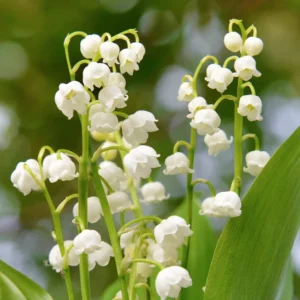 10 Lily of the Valley Bulbs - Fragrant White Flowers - Live Roots for Shaded Areas
10 Lily of the Valley Bulbs - Fragrant White Flowers - Live Roots for Shaded Areas 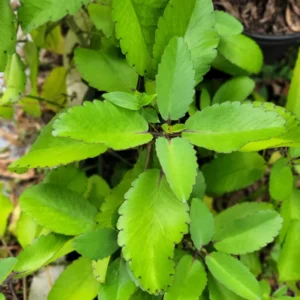 Mother of Thousands Plant Live, Kalanchoe Pinnata Succulent 4-8 Inch Tall, in 4 Inch Pot
Mother of Thousands Plant Live, Kalanchoe Pinnata Succulent 4-8 Inch Tall, in 4 Inch Pot 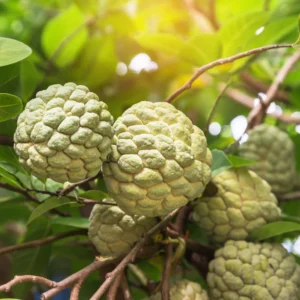 Annona Squamosa Sugar Apple Tree Live Plant - 1 To 2 Feet Tall - Sweet Sugar Apple Tree - In Pot
Annona Squamosa Sugar Apple Tree Live Plant - 1 To 2 Feet Tall - Sweet Sugar Apple Tree - In Pot 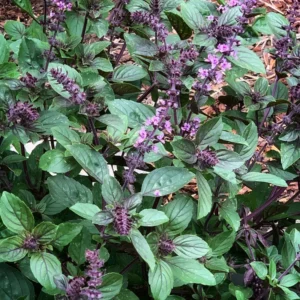 African Blue Basil Plant 4-6 Inch Herb Garden Starter
African Blue Basil Plant 4-6 Inch Herb Garden Starter 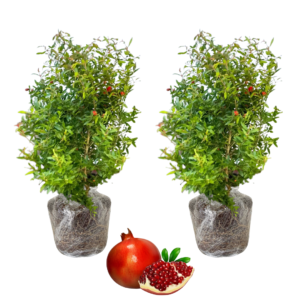 Set 2 Wonderful Pomegranate Tree Live Plant - 6 to 9 Inches Tall, Pomegranate Fruit Tree Plant for Home Garden
Set 2 Wonderful Pomegranate Tree Live Plant - 6 to 9 Inches Tall, Pomegranate Fruit Tree Plant for Home Garden 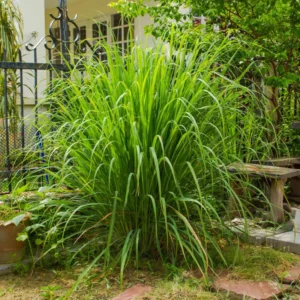 Lemongrass Plant in Gallon Pot - Culinary Herb - Live Plant
Lemongrass Plant in Gallon Pot - Culinary Herb - Live Plant 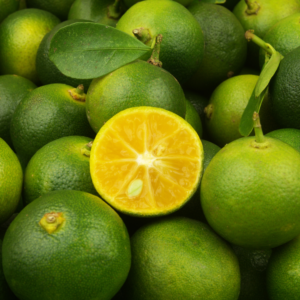 Calamansi Tree 1 To 2 Feet Tall, Calamondin Tree Live Plant, Calamondin Fruit Tree, Calamansi Tree In Gallon Pot For Planting
Calamansi Tree 1 To 2 Feet Tall, Calamondin Tree Live Plant, Calamondin Fruit Tree, Calamansi Tree In Gallon Pot For Planting  Wonderful Pomegranate Tree Live Plant - 10 to 12 Inches Tall, Pomegranate Fruit Tree or Bush, Perfect for Indoor or Outdoor Growing
Wonderful Pomegranate Tree Live Plant - 10 to 12 Inches Tall, Pomegranate Fruit Tree or Bush, Perfect for Indoor or Outdoor Growing 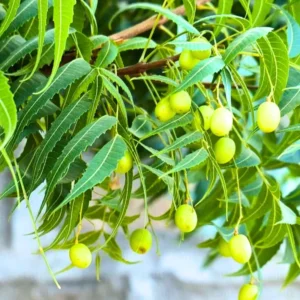 Neem Tree Plant Live, 4-9 Inch Tall, Hardy Neem Seedling for Outdoor Growing, Neem Plant Live
Neem Tree Plant Live, 4-9 Inch Tall, Hardy Neem Seedling for Outdoor Growing, Neem Plant Live 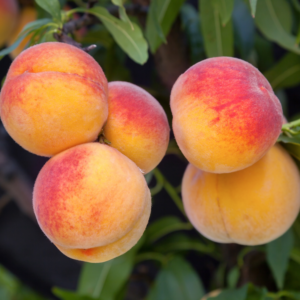 Peach Tree Live Plant, Sweet Peach Tree, 3-4 Feet Tall in 3 Gallon Pot for Full Sun
Peach Tree Live Plant, Sweet Peach Tree, 3-4 Feet Tall in 3 Gallon Pot for Full Sun 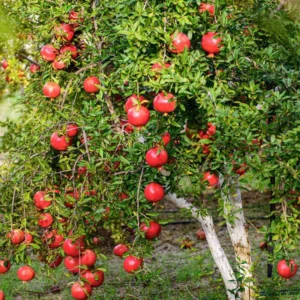 Wonderful Pomegranate Tree Live Plant - 6 to 8 Inches Tall, Pomegranate Fruit Tree Plant for Home Garden
Wonderful Pomegranate Tree Live Plant - 6 to 8 Inches Tall, Pomegranate Fruit Tree Plant for Home Garden 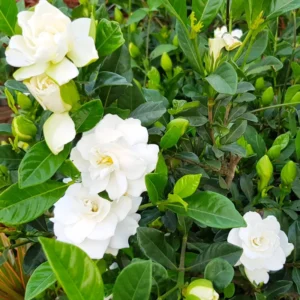 2 Jasmine Plants Live, Cape Jasmine Starter Live Plants, 7 to 10 Inc Tall, Blooming Jasmine Plants Live, Gardenia Plants, Frost Proof Plant
2 Jasmine Plants Live, Cape Jasmine Starter Live Plants, 7 to 10 Inc Tall, Blooming Jasmine Plants Live, Gardenia Plants, Frost Proof Plant 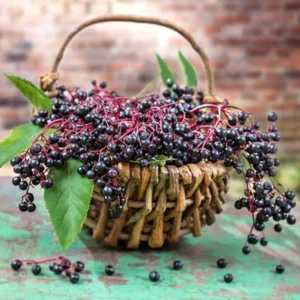 5 American Elderberry Cuttings For Planting, 6-10 Inch Tall, Black Elderberry Fruit Tree Live Plant, Elderberry Cuttings
5 American Elderberry Cuttings For Planting, 6-10 Inch Tall, Black Elderberry Fruit Tree Live Plant, Elderberry Cuttings 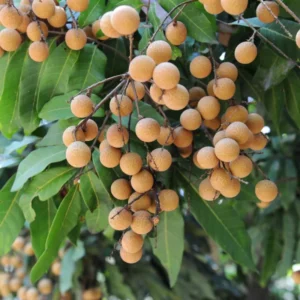 Longan Plant Live, Size 5-9 Inch Tall, Longan Tree for Outdoor Longan Fruit Cultivation
Longan Plant Live, Size 5-9 Inch Tall, Longan Tree for Outdoor Longan Fruit Cultivation 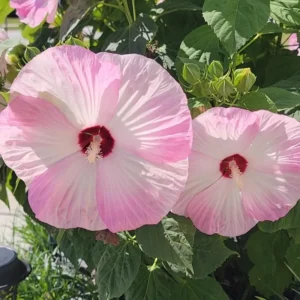 Pack 2 Hibiscus Tree Live Plant, Hardy Hibiscus Plants Live, 6 to 8 Inch Tall, Fully Rooted, Colorful Flowers for Garden Bareroot, Hardy Luna Mixed Color
Pack 2 Hibiscus Tree Live Plant, Hardy Hibiscus Plants Live, 6 to 8 Inch Tall, Fully Rooted, Colorful Flowers for Garden Bareroot, Hardy Luna Mixed Color  Salvia Mexican Bush Sage Live Plant, Starter Plant, 6 to 8 Inches
Salvia Mexican Bush Sage Live Plant, Starter Plant, 6 to 8 Inches 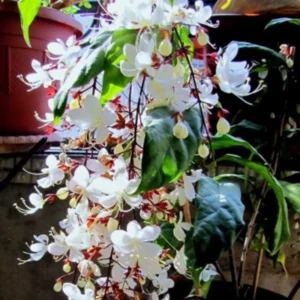 Clerodendrum Wallichii Smithianum Live Plant, 4-8 Inch Tall, White Flowers, Easy Care Indoor Outdoor Houseplant
Clerodendrum Wallichii Smithianum Live Plant, 4-8 Inch Tall, White Flowers, Easy Care Indoor Outdoor Houseplant 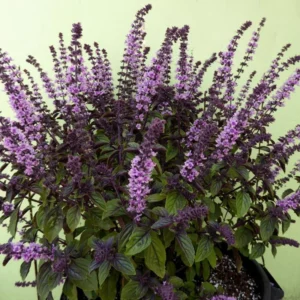 African Blue Basil Plant 2-3 Inches - Culinary Herb Starter Plant
African Blue Basil Plant 2-3 Inches - Culinary Herb Starter Plant 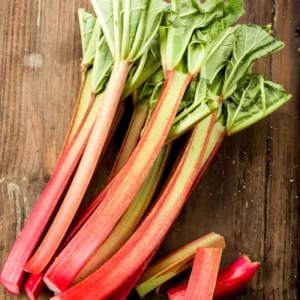 50 Rhubarb Seeds for Planting, Heirloom Non GMO Seeds, High Germination Rate, easy to Plant
50 Rhubarb Seeds for Planting, Heirloom Non GMO Seeds, High Germination Rate, easy to Plant 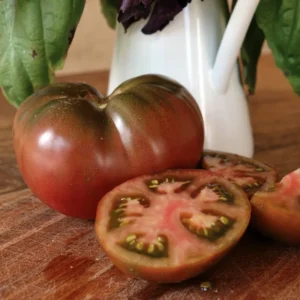 50 Heirloom Tomato Seeds for Planting Outdoors, Garden Vegetable Seeds - Cherokee Purple Tomato
50 Heirloom Tomato Seeds for Planting Outdoors, Garden Vegetable Seeds - Cherokee Purple Tomato 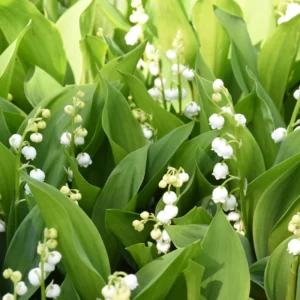 10 Lily Of The Valley Bulbs, Lily Of The Valley Bulbs For Planting, Lily Of The Valley Bare Roots
10 Lily Of The Valley Bulbs, Lily Of The Valley Bulbs For Planting, Lily Of The Valley Bare Roots 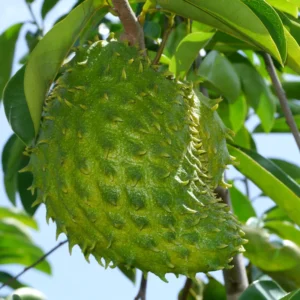 Soursop Fruit Tree - 1-2 Ft Live Plant in Gallon Pot Tropical Fruit
Soursop Fruit Tree - 1-2 Ft Live Plant in Gallon Pot Tropical Fruit 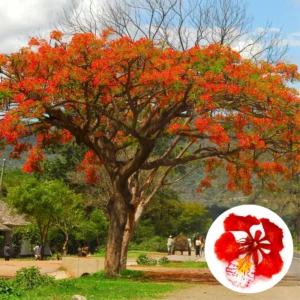 Live Royal Poinciana Trees - Red Flamboyant Trees 8-10 Inc Tall, Tropical Ornamental with Bright Red-Orange Flowers, Zones 10-12, Jacaranda Like
Live Royal Poinciana Trees - Red Flamboyant Trees 8-10 Inc Tall, Tropical Ornamental with Bright Red-Orange Flowers, Zones 10-12, Jacaranda Like 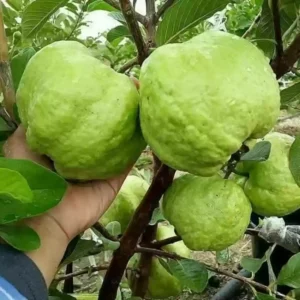 Guava Tree Live Plant, 4-8" White Guava Tree Live Plant, Guava Tree Plant Live, Guava For Planting In 4" Pot
Guava Tree Live Plant, 4-8" White Guava Tree Live Plant, Guava Tree Plant Live, Guava For Planting In 4" Pot 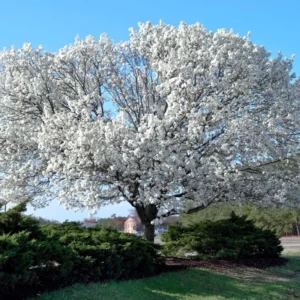 Combo 6 Dogwood White Flowering Tree Bare Roots, 8 to 16 Inc Tall, Dormant in Winter, No Leaf, Dogwood Trees Plants Live
Combo 6 Dogwood White Flowering Tree Bare Roots, 8 to 16 Inc Tall, Dormant in Winter, No Leaf, Dogwood Trees Plants Live  Live Streptocarpella Blue for Trailing, Cape Primrose Plant African Violet Plants for Planting in 2.5" Pot
Live Streptocarpella Blue for Trailing, Cape Primrose Plant African Violet Plants for Planting in 2.5" Pot 
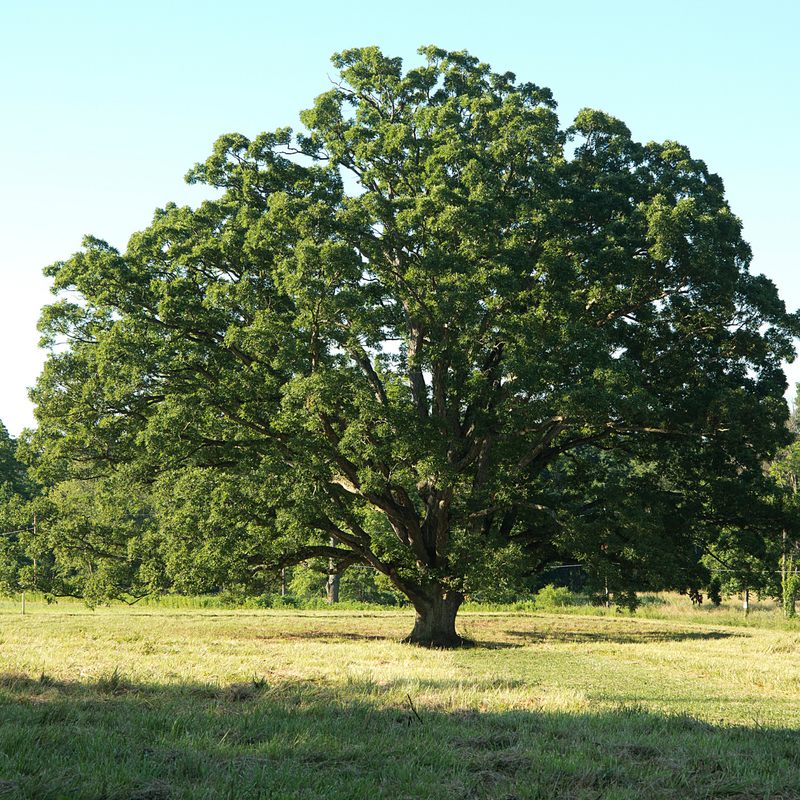

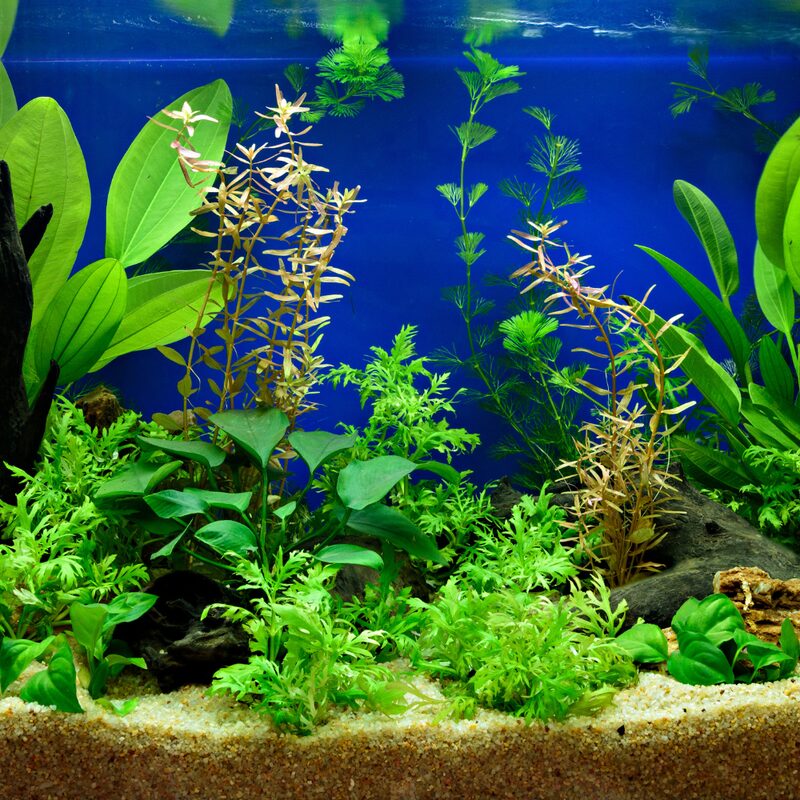


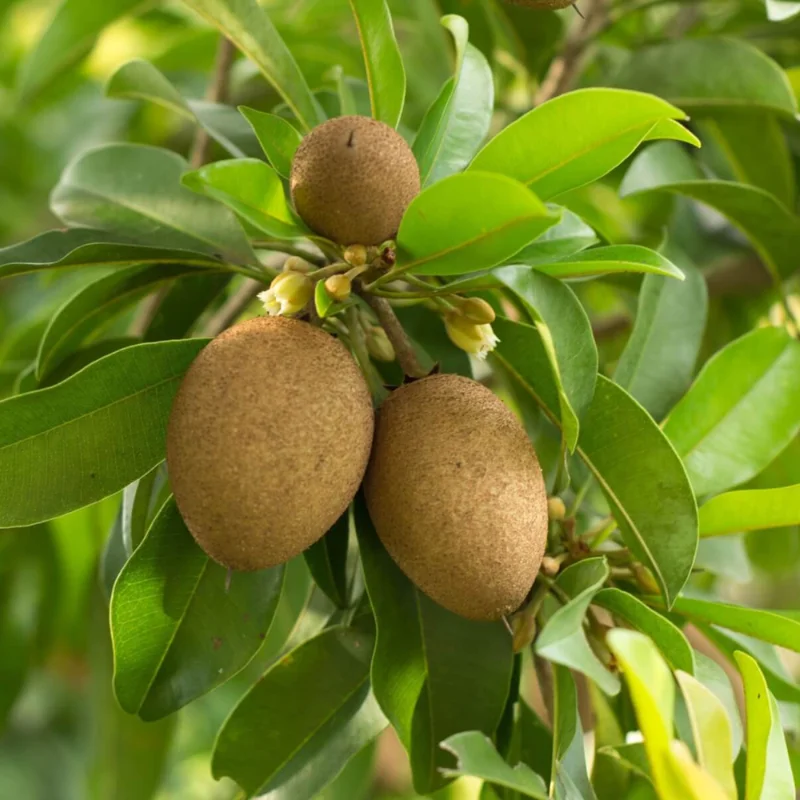
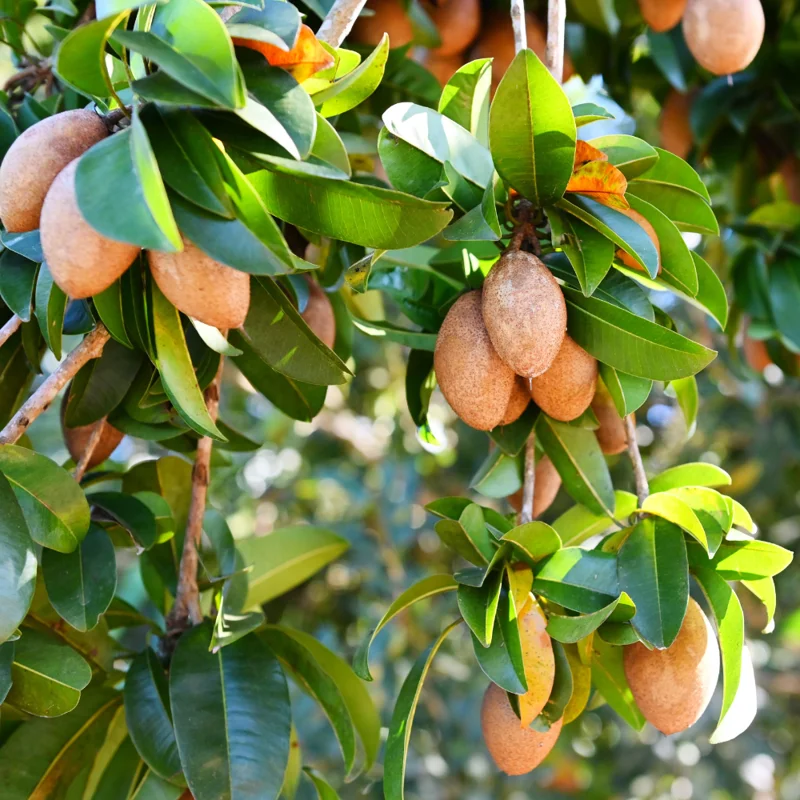
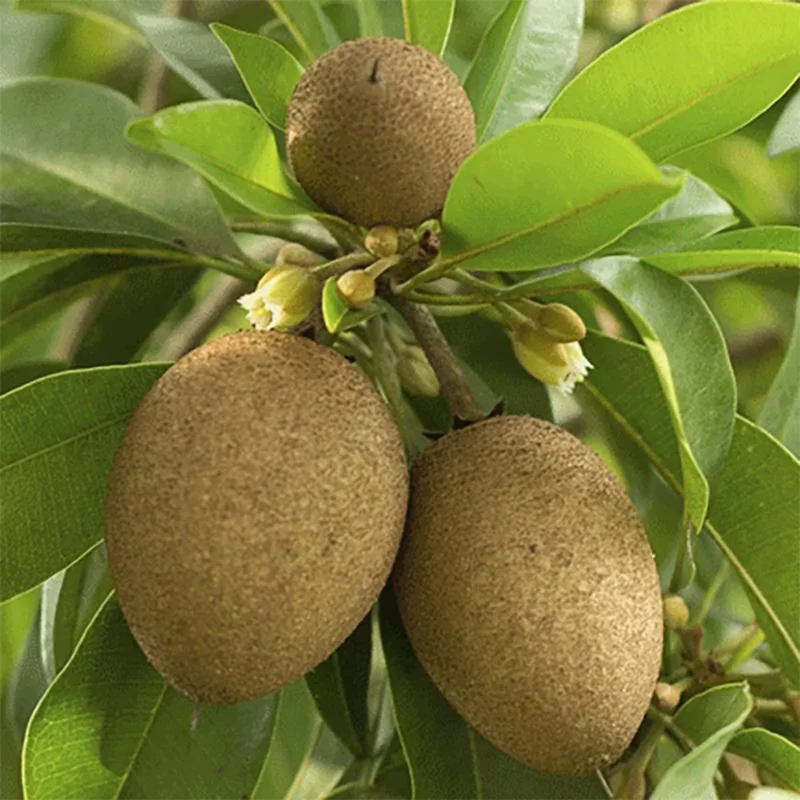


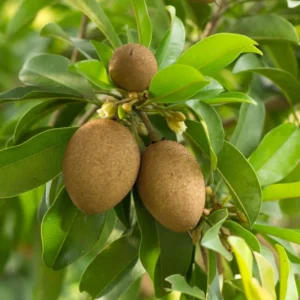
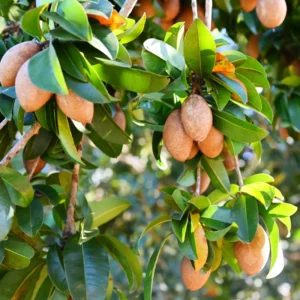
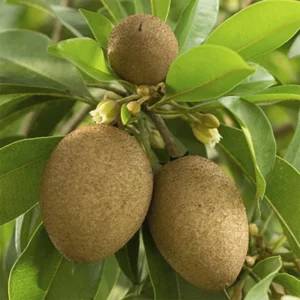


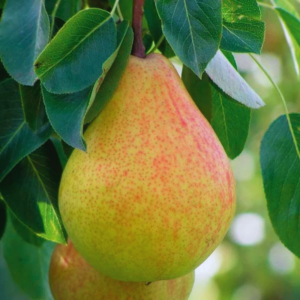
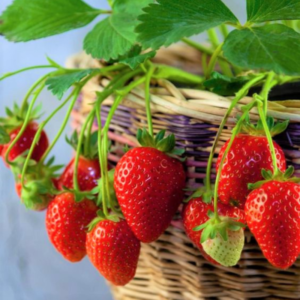


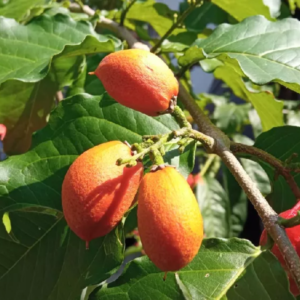

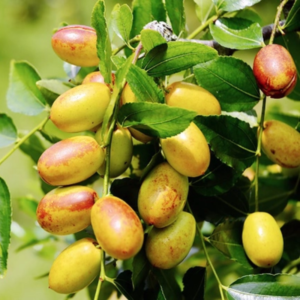
Reviews
There are no reviews yet.